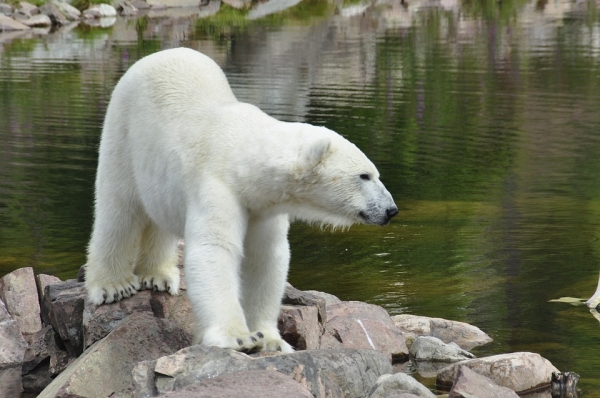Traction is important. Humans have been continually interested in discovering how to better move across wet or frozen surfaces safely – whether to improve shoes for walking on sidewalks or tires to maneuver the roadways. But what makes it possible for some arctic animals to walk and run across the ice so effortlessly and gracefully without slipping and falling? Three researchers from The University of Akron (UA) took a deep dive into the paws of polar bears to find out. Their research was published in the November issue of the Journal of the Royal Society Interface.
Why Polar Bears?
The project team included Ali Dhinojwala, the H.A. Morton Professor of Polymer Science in the School of Polymer Science and Polymer Engineering, Nathaniel Orndorf, a 2022 Ph.D. graduate who is now employed as a senior material scientist at Bridgestone Americas, and Austin Garner, a 2021 Ph.D. graduate who is now an assistant professor of biology at Syracuse University. The project began during the height of the pandemic when things were on lockdown.
“We had an ongoing project for many years focused on ice; we were looking at the friction of materials and we were interested in this topic because we are in Akron and our national partners need to develop tires with a strong grip on the road in ice and snow conditions,” said Dhinojwala. “Nate had an interest in how nature has adapted to this solution for snow. The example that came to his mind was polar bears – and the research began from there.”
Read more at University of Akron
Photo Credit: 14637873 via Pixabay


